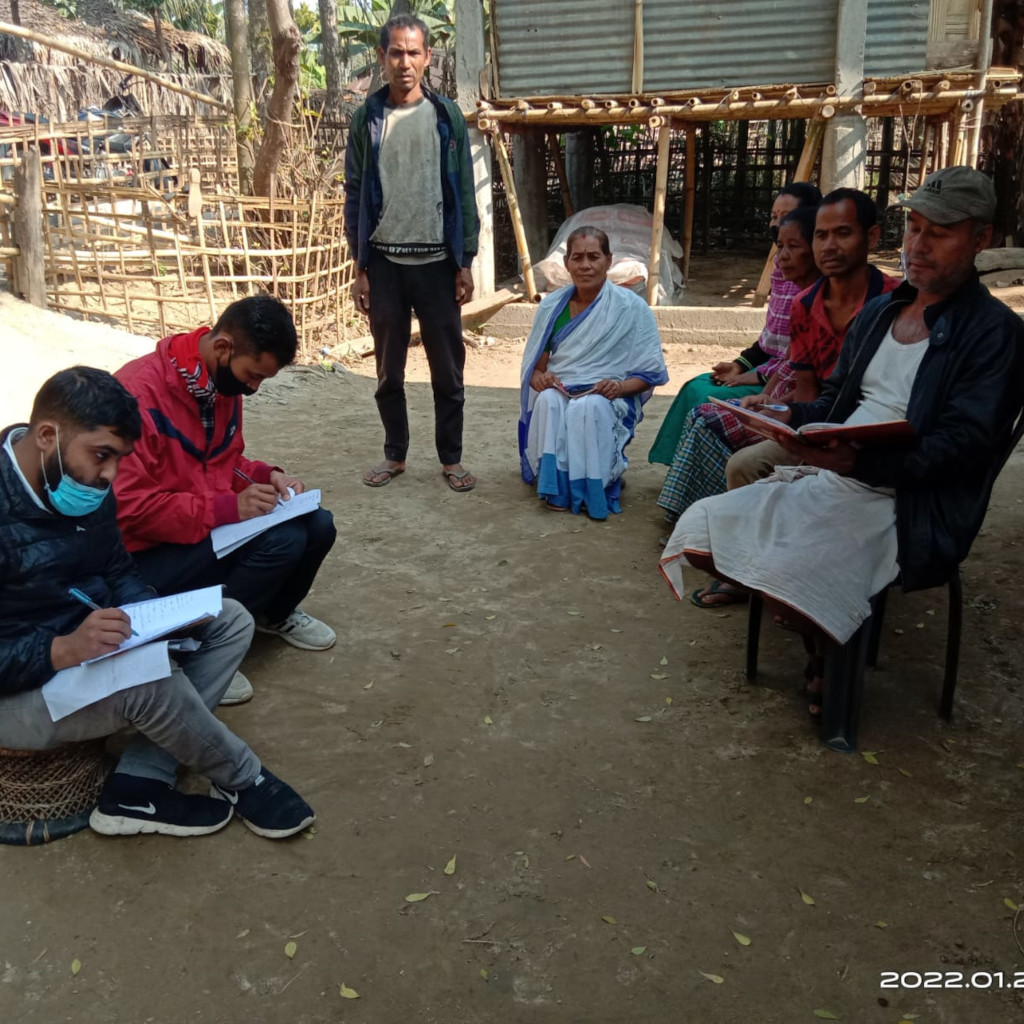There is a scarcity of authentic and scientifically collected data that inform us about the state of tribal health and nutrition. The government and not-for-profit organisations have been mostly relying on speculative analysis from secondary resources, surveys, and studies conducted at a smaller scale to frame policies and implement programmes. To address a lack of validated and representative data on the state of tribal health and nutrition across India, a compendium of district-level tribal health factsheets was created. It is well organised and contains processed tribal household level data that was collected as a part of NFHS-4 during 2014-15. It presents a total of 95 indicators across 12 categories including:
- population and household profile
- marriage and fertility
- current use of family planning methods
- maternal and child health
- nutritional status among adults
- anaemia among children and adults, and so on
The compendium aims to provide disaggregated data on tribal health and nutrition indicators, thus helping them form design strategies to help improve the state of health and nutrition of tribal communities. A national compendium of data will also support the crucial task of measuring India’s progress of achieving the following Sustainable Development Goals (SDGs):
- SDG 2 (zero hunger)
- SDG 3 (good health and well-being)
- SDG 6 (clean water and sanitation)
Volume I of the compendium offers district-specific information against each indicator that sheds light on the state of health and nutrition amongst tribal communities.






































